Explore Diola in Western Casamance
By Federico Arrizabalaga Sandoval
Getting there

“Look out, a rabbit!” And sure enough, out of nowhere, a rabbit hopped across the road from right to left. Surprisingly, though, it appeared that the driver had swerved toward the animal instead of away from it.
We came to a stop, pulled back 20 meters, and stopped again. The driver opened the door of the 4WD and walked into the bushes, looking for the animal with the sole light provided by the car and the moon.
Adri, a Dutch lady who settled in Casamance 20 years ago was giggling silently while we were still trying to figure out what we were doing on an unpaved, bumpy road in the middle of nowhere if all we wanted to do was to cross from Banjul (Gambia) to Abene (Senegal) — a mere 100 km drive.
“I found it!” The visibly white smile of the driver indicated that he had indeed found the animal. While singing to the African beat that the tape was playing, he grabbed a plastic bag from under the driver’s seat, placed the dead rabbit in it, smiled again at us, and laid it right on my backpack. Sweet. And off we went.
It was hard to believe that we had barely landed in Banjul (the capital city of Gambia) about an hour ago, and we were already taking a back road to cross the Gambian – Senegalese border late in the night.
Adri runs Campament Odunbeyeland, the traveler-orientated accommodation that can be found in this part of Western Africa. I had contacted Adri through her website about two months before, and she had repeatedly assured me that getting from the airport to Odunbeyeland was “…no problem at all. Don’t worry, leave it in my hands.” she had insisted. And she was correct.
True, she had managed to sneak into the luggage retrieval area at the airport in Banjul. The two-windowed Nissan Patrol, although dirty and somewhat smelly, was able to cope with the rugged terrain without breaking down.

The suspicious-looking Gambian soldiers at the border checkpoint did not ask for a “tip” this time, which was surprising considering that the Senegalese side was closed. And the campament, albeit simple and secluded, was mysteriously attractive.
But mind you, traveling like this is not made for everyone. I was happy to finally backpack in Africa, and my wife Liza, although relatively new to backpacking and somewhat scared about the drive, was still enjoying the adventure.
Casamance is the southernmost region of Senegal, and it is said to be the most beautiful area of the country. Lush vegetation, tropical forests, wild animals, and friendly locals will welcome every visitor.
We were heading to Abene, a small fishing village on the northern coast of Casamance that boasts endless kilometers of unspoiled beaches.
It is a place where time ceases to exist, a place to escape from the fast-paced life of a cosmopolitan lifestyle.
We spent there one day relaxing and enjoying the wonderful climate, while planning our next day’s travel inland to Nikolo Koba National Park, until once again Adri´s unquestionable experience brought us to the reality of traveling in Africa.
She insisted that “Traveling in Africa requires a lot of time, and with the little that you have you will miss a lot.”

Hence plans changed, and to give our trip a purpose we would now head South within Casamance to the island of Karabane, crossing Bignona, Ziguinchor, Oussouye, and Badjana on the way back.
The total distance to cover was about 250 km, and with five days available we would certainly have more than enough time, right? Little did we know about public transportation in western Africa…
A rendezvous with the Diola
A “Gare routier” can be translated as a “road station,” the place where all the buses and vans depart from and arrive in any city in Senegal. I, however, would call it mayhem.
As soon as we got out of the mini-car (bus) we were pretty much raided by a group of people offering their help to carry our backpacks while asking where we were going.
Having begun our trip at 7 am, we had barely covered 50km four hours later. Ziguinchor, the largest city in Casamance, is the transit stop to Oussouye, and after spending 3 hours in the 20-seat/35-passenger mini-car we opted for the quicker 7-seat/7 passenger sept-place taxis.“A Oussouye, avec un sept-place.”
Out of the crowd, I spotted a young man who pointed me where to go, and trusting my instinct I followed him without a doubt. My wife, although skeptical and overwhelmed by what was happening, trotted behind amidst a crowd of other local travelers, fake sunglass and watch sellers, strayed dogs, pigs, sheep, and a few lonely children.
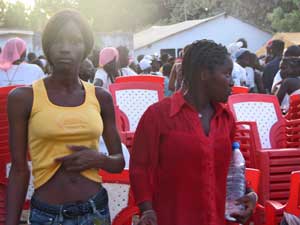
Oussouye is a town that does not have any sightseeing at all. No museums, statues, architecture, or art. What you do find instead are very friendly locals who are interested in you and willing to pick up a chat at any given moment.
During our walking tour, we met several people, including a vendor of crafts made by disabled locals. Through him, we learned a lot about the Diola, the largest tribe in Casamance.
Contrary to their history of resistance to outsiders, they are now very much the opposite, boasting a camaraderie that I have not found in many other places around the world.
It was also the Young Catholics Meeting Day, and hundreds of teenagers and young adults had come from neighboring areas and countries for the occasion that delivered a show with traditional dances and singing.
What we really enjoyed about it though was a group of 6 to 8-year-old girls who danced and played with us all the time. They would not let go of our hands and laughed hard when seeing the pictures we took of them.
For some reason, Karabane Island is very famous in Casamance, but I am still not sure why. To get there you first need to take a mini-car to Elinkine, which in our case lasted one and a half hours (plus another two of waiting in the first place) and was so packed that I couldn’t move my right arm, literally, and from there a 15-minute pirogue ride.

The island is in the mouth of the Casamance River and was once host to the French trading stations of the region. Nowadays there is little else than ruins, and besides the old church with hundreds of bats, the destroyed slave school, and the vertical tomb of Captain Aristide Piotet all you can do is let time go by in the beach section of your choice of this bushy island.
The only way back is to follow the steps you took to get there in the first place. Oh, and don’t forget that the last mini-car departs from Elinkine at 5 pm… if it ever gets full enough to make the trip there for starters!
The Essence of Senegal
Day 5 of our trip and we now had to make it back to Bignona, where we would meet Kamo from Campament Odunbeyeland. The plan was to spend a day in Balin, an isolated Diola village in the forest close to Badjana. Without running water or electricity it was to be a very interesting experience.
We were invited to spend the night in the house of the chief of Balin. Made out of clay, it was the biggest of the village. Our room had nothing but a used-out mattress on the floor and was to be the best in the house other than that of the owner.
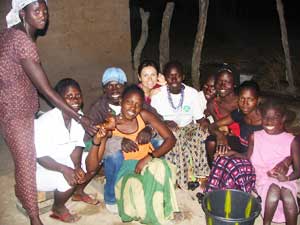
The people were curious about our origins and reasons to be there, and as usual, would not stop smiling no matter what we said. We were given a tour of the village and were taken to meet the oldest man in town who they believed is 140 years old. The truth is he was old, but not that old.
As the sun hid behind the trees and the full moon provided light in the otherwise dark night we were all brought together in front of the chief’s house. My headlamp became an amusing entertainment, and my wife was taken with the female population of the village to prepare dinner.
As I was told, men and women eat separately for the first dish and then get together for the second. The meal consisted of the usual big bowl of rice with chicken from which we would all eat with our hands, and we preferred to drink the bottled water that we had rather than the well water they offered us.
Because of our visit, the gathering lasted late into the night. The conversations slowly but steadily became shorter, until eventually, silence settled in.
The night, cool and calm, reminded us that we were in western Africa, where the chances of being disturbed by some sort of motorized vehicle were slim to none. And with this in mind, we went to our rooms, where we slept without interruption until the children of the village started playing in the morning.

Final thoughts…
The hitchhike to Abene was rather quick, only taking 45 minutes to cover the 25 kilometers. We were in Odunbeyeland by noon and were glad to be by the ocean again.
We dumped the backpacks in our room and had some bissap to drink, thanked Kamo for the experience, and jumped into our bathing suits to enjoy a swim at the beach.
We spent the rest of the day walking along the beach and swimming every now and then, and enjoyed an incredible dinner at Chez Vero, which included fresh fish, steak, salad, French fries, and sodas for two at the incredible price of 4400 CFA overall-about 7 Euros!
The next day was April 4th, Independence Day, and there is no transportation. The country comes to a halt, so we were stuck to enjoying the beach and walking around the area, which frankly was quite pleasant as well.
That night we had to pack everything as the following day would consist of travel to Gambia, the neighboring country in which we originally landed. But Gambia is not Casamance, and thus is another story…
Travel Advisories
When you look up information on Casamance on the Internet you will be sure to find travel advisories recommending not to travel in this part of Senegal.
It is true that this area was somewhat dangerous due to rebel activities about 3 years ago, but other than occasional outbursts close to the border with Guinea Bissau the results of the past elections calmed most of the existing animosities and the Diola are looking to share their culture with visitors.

Cap Skirring is becoming a resort destination in southwestern Casamance, and travelers are starting to venture inland to experience the local culture.
You will not need much money if you usually stick to what the locals can afford, but you will need a lot of time — and I mean a lot — to get things done, particularly to travel within the country.
Food can be an issue as there is very little on offer. Most meals are based on rice, chicken, and fish if you are close to the ocean, deep-fried in oil.
Bottled water and sodas are very easy to find, as is Bissap, a delicious cold tea that comes from the hibiscus flower. Milk is very much non-existent except in its powdered state, and liquors or wine can also be found.
However one must not forget that this is a developing country and thus should not expect luxury. You can find it if you look very well for it, but the accompanying bill will be very high.
What you can expect instead is the feeling of adventure, the opportunity to experience Africa and, above all, the smiles of the Diola that will be with you wherever you go.
Senegal: Tumult and Hospitality
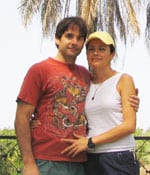 Federico Arrizabalaga Sandoval is a freelance travel writer who lives in Barcelona. He is shown with his wife Liza. Visit his website: maitravelsite.com.
Federico Arrizabalaga Sandoval is a freelance travel writer who lives in Barcelona. He is shown with his wife Liza. Visit his website: maitravelsite.com.
- Missouri Sports Travel Adventure: From Landmarks to Ballparks - January 21, 2026
- What First-Time Visitors Get Wrong About Visiting Iceland - January 15, 2026
- Bareboat Charter vs all-inclusive Crewed: Which Luxury Charter Fits You? - December 29, 2025


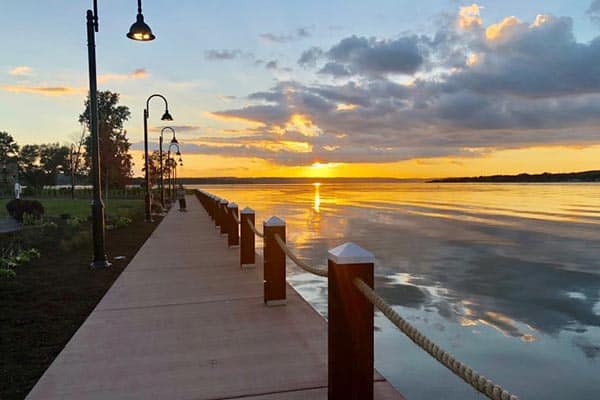

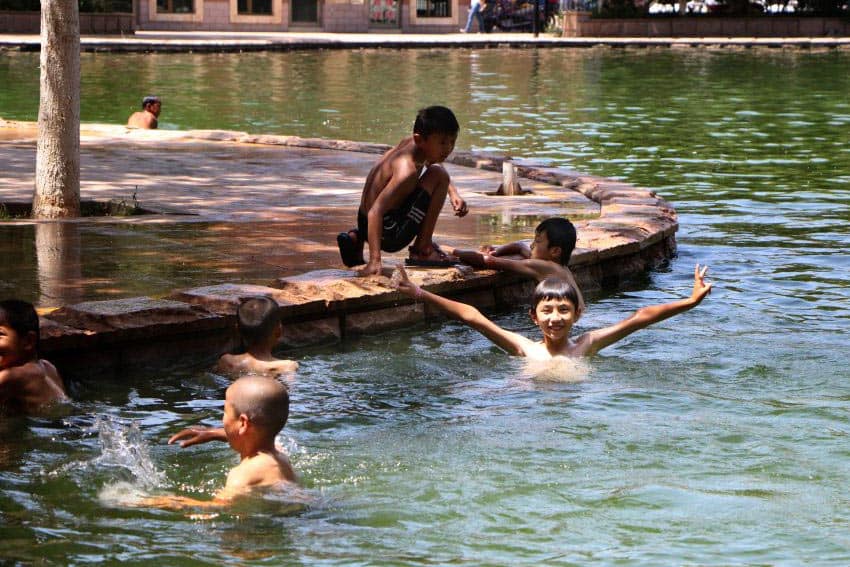
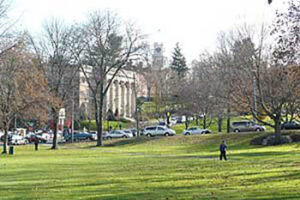
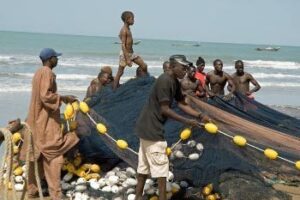

Thanks buddy, visiting Inari Finland is no doubt a very exciting moment. In winter, Inari is one of the best places to see the Northern Lights of Finland, and in summer, the midnight sun shines in the region for two whole months. The Sámi culture is very present, with the traditional costumes, costumes and costumes of the locals, as well as traditional food and handicrafts.